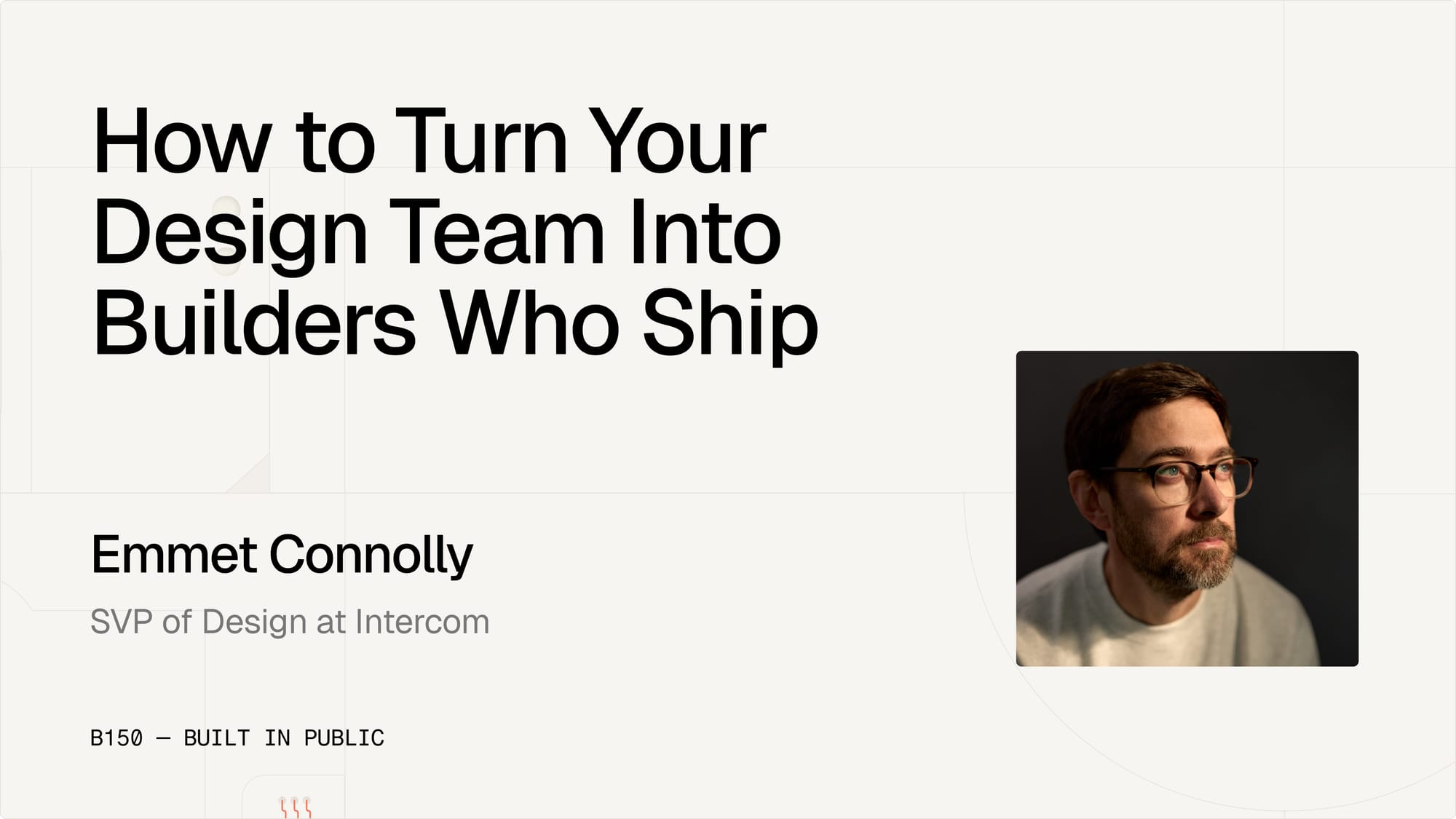How to Develop an Onboarding Process for your UX Team
Onboarding new employees is critical, but it can be tough to create a process that works for everyone. Check out these tips to get started.

Onboarding can take many forms. For established companies, onboarding might include a multi-week boot camp where new hires receive an extensive course in the organization’s structure, business models, and processes.While at smaller startups, this process might be much simpler..
The impact of a proper onboarding process is critical. According to research from Glassdoor, companies with a strong process improve new hire retention by 82%, and productivity over 70%. Those who don't properly orient or train their employees may be more likely to lose them in the first year - costing valuable time and lowering morale.
New hires may have feelings of overwhelm and a desire to start contributing quickly. They also may feel an eagerness towards learning about the business, products (and customers), ways of working in order to get up-to speed as soon as possible.
The risks of not having a proper onboarding process are too high and can lead to confusion for the new employee, who can be lost and unmotivated without a clear direction of expectations and tasks. As well, it can mean slower productivity for your organization and less satisfaction amongst both existing employees and those just starting. It’s important to invest time in getting everyone up to speed and making sure they have all the necessary tools, which includes more than just a practical understanding of the job itself. Taking the time with onboarding will ensure that your company runs smoother and that everyone involved is guided properly.
How to get started
At Academy, we’ve developed an onboarding process and templates based on best practices we saw across the industry. Every organization will be a little different but we built this template as a guide to help you get started.
In developing an onboarding process, it is important to start with recognizing that this should be a collaborative process. It’s likely that you will need to work with your HR and PeopleOps teams to integrate parts of their workflow into your department specific onboarding process. Additionally, you may want to discuss how onboarding is being developed in tangential departments like Development or Product to ensure continuity and cross-department communication. You may even include some cross-departmental training.
To begin, you may want to speak with hiring managers, recent new team members, people ops, etc and try to understand what is currently working and not working about the onboarding process in your company.
Once you have aligned with all the stakeholders, determined the important steps in the process and resolved any bottlenecks or key areas of improvement, it's time to start building. Here are some of the keys stops in developing an successful onboarding program:
Onboarding Checklist
In most cases, the use of an onboarding checklist is a great place to start. Our template is an easy to use tool to get you started. However, you can use any tool that helps easily communicate to a new team member a set of tasks, deadlines and preferably uses a tool the team is familiar with. You can find a link to our template the bottom of this article.
Training Program
You will want to create a training program for your new hire to acquaint them with your team. The goal is to give them a full view of the company/department, and how they fit within it. From the overarching strategy and goals to the details for their role specifically. You might want to include things like an org chart, how the team communicates, links to relevant resources and documents like Figma files, fonts or design system documentation, people to meet, 1:1 onboarding to specific tools and systems, Department OKRs, product pillars, tell us about yourself section to let the team get to know you as well. Below is an example of one created by the team at Mural, one of the fastest growing companies around:
1:1 Meeting with Hiring Manager or DesignOp Manager
It’s important to schedule a 1:1 at the beginning of the process to walk them through the overarching process, see if there are any questions they might have or things that might be confusing or missing. Let them know you are there to answer any questions they might have at each stage of the process.
Buddy Program
While they go through the onboarding process we encourage teams to set up a buddy program to help guide a new hire through the first few weeks of joining a new team. This is helpful as it sets the person at ease knowing that they have someone they can go to that is not their manager when something may be confusing. Other benefits of having a buddy program are that it allows the new hire to get more familiar with company culture and teammates outside of their department and it can also alleviate their manager from being pulled away from other important tasks.
Performance Goals
Setting up performance goals and career ladders when an employee first starts is essential to their success in both the short and long term. That is why building out a clear outline of their roles and responsibilities, 30/60/90 day plan for success and a clear outline of their future is table stakes when it comes to employee retention and reducing attrition. Below we have included a template on how to create a proper performance goals plan for your organization.
Setting up a proper onboarding process can be time consuming but once you have built it out it can become a critical tool for helping your team scale rapidly. Don’t forget to develop a similar process for any contractors or vendors you work with as they will likely face the same issues.






